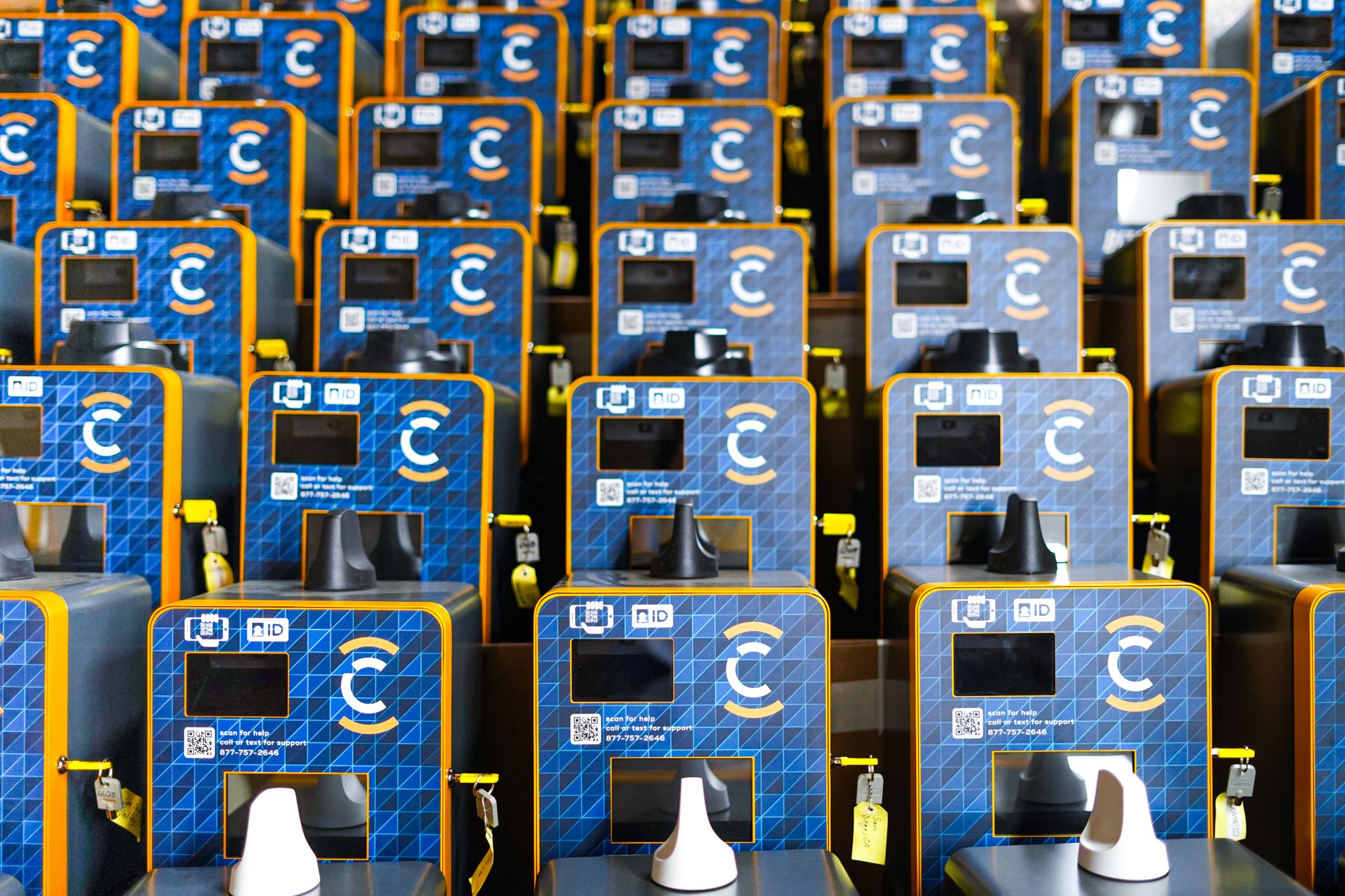Black Friday and Cyber Monday shoppers are hot on the trail of the best deals this holiday season. But do you know when a sale is too good to be true? Even on reputable websites like Amazon, there’s a chance you’ll stumble across a product posted by a fake seller just looking to scam eager shoppers. E-commerce researchers have found a scam targeting online consumers, tricking holiday shoppers with the promise of incredible discounts on sites like Amazon and Walmart.
According to researchers from RedFlagDeals.com and AutoGuide.com, the “Fake Seller Scam” can fool shoppers at any point in the year. But it’s especially difficult to spot on “shopping holidays” like Black Friday — where everything is on sale at steep discounts.
Related: University of Tampa Partners with Tech Talent Accelerator
Making matters worse, a poll commissioned by RedFlagDeals found that 95 percent of consumers plan to do the bulk of their holiday shopping online this year.
How does the Fake Seller Scam work?
The scheme involves scammers quickly building online storefronts on third-party marketplaces, such as Amazon, eBay, Etsy, Rakuten, and Walmart. From there, they create legitimate listings of popular brand name products. Then they offer them at the lowest prices you’ll find on the website.

Unfortunately, this causes the computer algorithms on sites like Amazon to promote these listings as great deals for consumers. The scammers build on this illusion by posting fake positive reviews about the “seller” and the product.
When someone purchases the discounted product, the scammer provides fake tracking details. This gives them time to fool more consumers before the first buyer realizes their item is never going to show up. The scammers may even offer buyers free shipping with the catch that it’ll take over a week to get there. This allows them to buy themselves more time to scam other shoppers.

What makes these scammers so convincing is the fact that they create a storefront littered with dozens or even hundreds of other products. It gives consumers the impression that the seller has a huge collection of products and sells to online shoppers often — building trust.
However, once the shopper purchases the fake item, the scammer never sends the product, sends the wrong item, or ships a broken or used version of the product. They, of course, provide no real names or addresses for the buyer to complain to and seek a refund.

How can you spot a fake seller on Amazon?
According to the AutoGuide report, there are some telltale signs that you’re looking at a fake seller.
- The price — Is the price just way too low compared to other sellers in the same marketplace? Is everyone else offering a 30-percent discount on that new TV, but the seller you’re looking at is offering a 75-percent sale?
- Is this a real brand? — Check the “ships from/sold by” information under the “buy item” buttons on the webpage. If this brand isn’t the same brand as the product you’re buying, a popular third-party brand, or shipping from the online marketplace itself (like Amazon or Walmart), it’s time to start asking questions. If you click on the seller’s page and there’s nothing there, the seller’s name seems fake, or there’s just a string of random numbers, you may be dealing with a faker seller.
- Is this brand established? — Is there any feedback on the seller’s page? Buy from sellers that have a long list of positive comments regarding their products. This feedback history should also date back at least a year to prove they’re a stable business.
- Are these reviews legitimate? — Even if a seller does have feedback, there’s a chance it’s fraudulent. Adolphus notes that there are a number of free-to-use tools (such as fakespot.com) that can uncover fake online posts and reviews. Other options include reviewmeta.com and thereviewindex.com.
With record-setting inflation and a constantly rising cost of living, shoppers will be looking to make every dollar count. In fact, the RedFlagDeals survey found that 43 percent of shoppers are tightening their holiday budgets in 2022. More than half plan to spend less than they did in 2021.






























